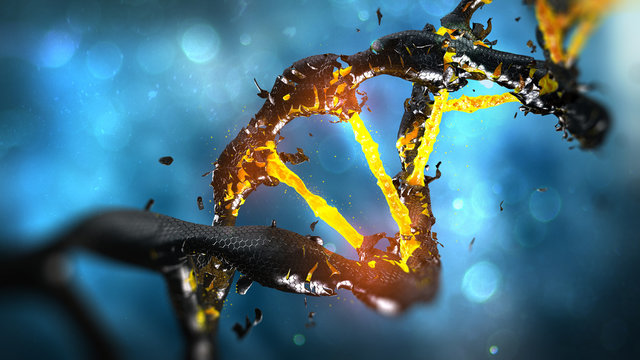Detox genes are a real deal. Studies focused on detox genes have found:
CYP specifically the CYP1A1 and CYP1B1 and GST genes are the key. Both sets of genes work to break down exogenous and endogenous substances.
GSS (Glutathione Synthetase) you may not be able to synthesize glutathione at a normal rate. The gene encodes for an enzyme which is the last step in the synthesis of glutathione, where glycine is attached. Individuals with higher grade oxidative stress and especially heavy metals require more glutathione to detoxify. If demand is high but supply is low this opens a door for toxins to accumulate faster. Clinical practice of some doctors showed that some people experience a drop in glutathione levels following ingestion of a chelator OSR. This means they have a significant heavy metal burden.
GSR Homozygous, may not be able to convert glutathione back into its active form once it has served its other purpose as an antioxidant. Individuals with these SNPs can’t remove heavy metals adequately because their glutathione tends to remain in its oxidized, inactive state.
GST SNPs (GSTM1, GSTM3, GSTP1), Homozygous or even several heterozygousyou may have an inadequate ability to attach glutathione to heavy metals and other toxins.
Cytochrome P450 (CYP) is a family of genes that primarily take part in breaking down toxins. Most attention is given to the CYP1A2 which is an enzyme required to break down toxins of all kinds. Produced in the liver but is also found in the lungs, pancreas, brain, and gastrointestinal tract.
Important to note that gene expression can be affected by environment and also as you see – liver health.
Relevant notes:
Tylenol reduces glutathione levels.




